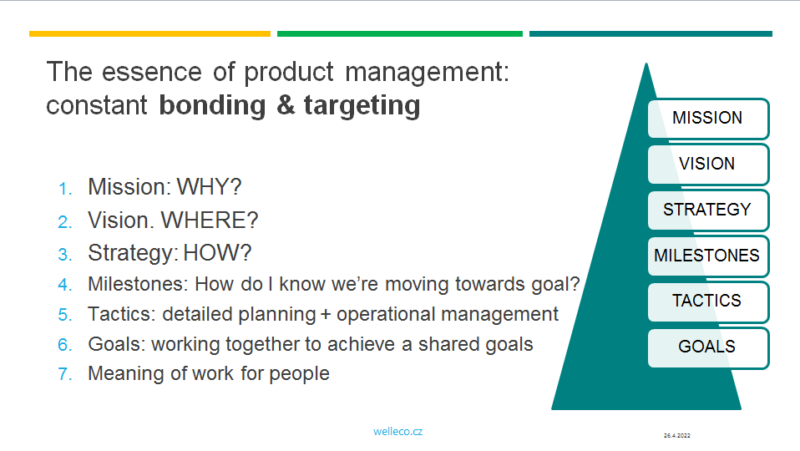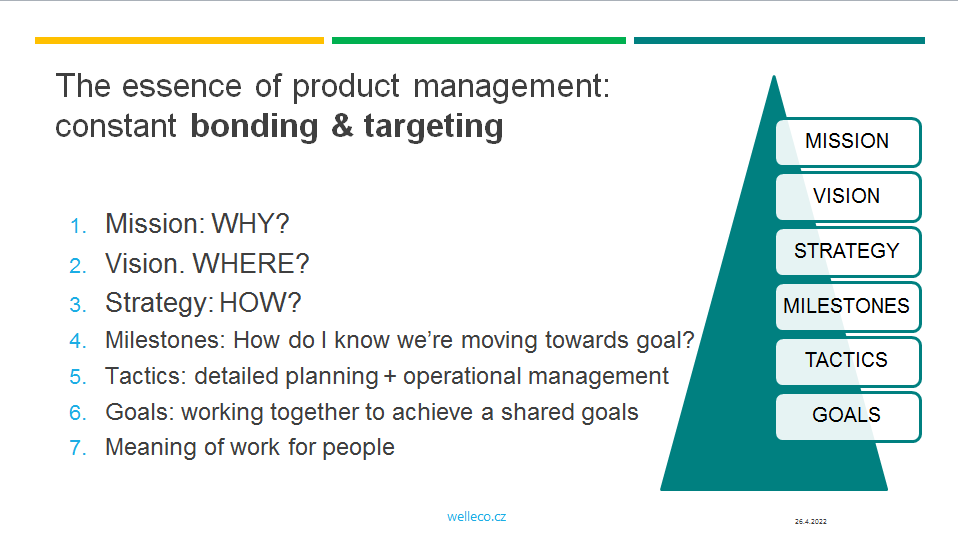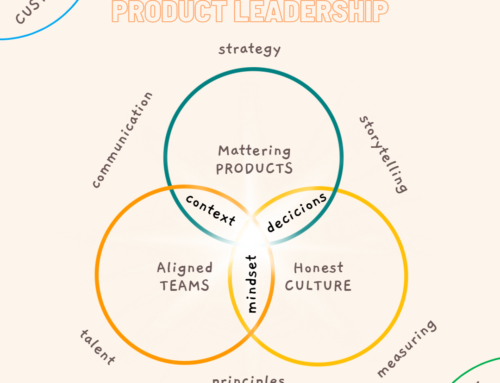I may start this article from the end, but in my experience from decades of practice, I will start with the essentials: Terminology. Unfortunately, many companies underestimate the alignment of the basic terminology teams use at all. My generation still experienced well-edited paper book professional terminology dictionaries, nowadays most people rely on what our little brother google feeds us, how our behavior on the net is classified and then what we believe to be true in our work context. Just as people with different professional histories from many companies work in companies, they carry their own work habits and dictionaries. There’s nothing worse than different people in different teams in a company talking about a chariot while thinking about a goat. It’s no wonder then that in most companies it looks like the Tower of Babel.
In the ICT industry, the business/marketing vocabulary is often not aligned with the technical terms of development and ultimately product design and customer care. Unfortunately, the greatest confusion of terms often already starts from the level of top management, who often live in their own world of Zen meditations and do not understand the vocabulary of their tribe, let alone what is going on underneath. A model example is the two often confused words mission and vision.
- Mission is the core purpose of an organization or a company. It is a summary of the aims and core values. A mission clearly tells what you as an organization does for customers. A mission is comprehensive but also very specific to set you apart from other organizations. It doesn’t have to be measurable. Beautiful, sublime examples are such pearls:
- “The goal is to create a better everyday life for many people.”
- “To bring inspiration and innovation to every athlete in the world. If you have a body, you are an athlete.”
- “To refresh the world in mind, body and spirit. To inspire moments of optimism and happiness through our brands. To create value and make a difference.”
- “We aim to be the most customer-centric company in the world. A company where customers can find and discover anything they might want to buy online.”
- “Our mission is to give people the power to share and make the world more open and connected.”
- “To encourage and nurture the human soul – one person, one cup and one neighborhood at a time.”
- “To give everyone the power to create and share ideas and information instantly without restriction.”
- “To be the epitome of luxury, to define style and create desire. Now and forever.”
- “Our mission is to organize the world’s information and make it universally accessible and useful.”
You can very quickly deduce for yourself which companies have the above tattooed on their foreheads, and which ones actually do so for the benefit of their customers/shareholders or humanity, and which component of the business mission wins out for them. Of course, the question to ponder is how much the above companies fulfill this mission in reality. Unfortunately, the mission is where the first stone of misunderstanding is often buried internally and externally of the company and often serves more to mindwash paying customers – than expressing the true content of their mission.
In many companies, the mission is then often confused with the vision, which in turn should express where the company – the product – wants to go in the future and should be measurable. Indeed, the vision is not “We are cultivating the ICT business in the Czech Republic.” or “We do business without corruption”. Discussing what came first, mission or vision is as ridiculous as discussing chicken and egg. But as they rightly say, vision without a measurable strategy is empty words.
- A vision is a vivid mental image of what you want your business to be at some point in the future, based on your goals and aspirations. Having a vision will give your business a clear focus, and can stop you heading in the wrong direction.
Unfortunately, many business leaders and owners fail in this very fundamental matter – to define well and clearly the vision of the company and therefore its flag ships – the key products/services that provide the company’s lifeblood. It is sad to see many companies floundering in the shallows with the ship’s crew furiously waving their oars in the air or another common example is the company’s floundering backward fishing schooners floating in shark-infested waters that have already eaten the most delicious fatty fish. They too lack a product better than the competition’s while wandering in search of a sea of fish not yet caught by the competition. There is a great wisdom here:
“Stronger rowing won’t help if the boat is heading in the wrong direction.” ~ Kenichi Ohmae
- A strategy is a clear plan for everyone involved to achieve something.
It sounds simple, but in practice it is one of the most difficult tasks facing product management and executives in any company. Strategy is the guide to choosing what to do, making decisions in an environment that has limited resources. In today’s dynamic times of constant change and pressure from large financially powerful global corporations in all markets, it is even more critical to have an excellent strategy and use the available resources as optimally as possible. This is where strategic product management has a big role to play. The main purpose of a good product manager’s job should be to continuously bring together the functioning of teams across the organization(s), continuously reprioritize product features according to the current state of understanding of real customer needs and the business impact of product innovations.
A proper product manager understands well the meaning of words like “MVP/MLP – Minimum Viable/Loved Product” and its importance for feedback from early customers for further development. He or she knows the importance of key unique features of the product that will make it stand out in the market against the competition. Understands the fact, that sometimes less is more, let alone if you are able to offer the users the main key product features that overall saturate their needs.

This entire article can be summed up in its cover image. For successful product management you need to have a clear Mission = WHY?; Vision: WHERE?; Strategy: HOW? And also Milestones: How do I know I’m moving towards my goal? Without good team alignment and tactics, many products run aground weighed down by ballast, which is why synchronizing the goals of the various collaborating teams in space and time is so critical. This is where good operational management in the context of the current market situation (at sea ;-)) can help well. And it is essential not to forget what destination we are sailing to together and to watch the navigator – the producer not to fall into psychedelics and drink secretly in the cabin with the captain.
If the owners of a fleet of merchant ships manage to build great facilities on land, farm food for everyone, produce excellent tools in their workshops or buy them from specialized companies, they can also conquer new territories and buyers of their goods – competitive products – thanks to targeted product management as a bonding element.
A good product manager does not replace the role of captain, steersman, chief engineer, watchman, nurse, cook or machinist. But it is a key role that can make the most correct decisions based on the data collected and help prioritize the allocation of resources to the most useful features. The product manager’s profession is thus closest to the position of a navigator on a rough sea full of competing vessels. Crucial to the success of a voyage is the honest and transparent cooperation of all crew members and the awareness that they we are all on the same boat. Many ships have ended up on the reefs and on the bottom because of unclear common goals, disagreements, misunderstandings, quarrels, trying to control others, trying to grab as big a piece of the pie in the galley as possible for oneself, love affairs in the captain’s cabin, falling asleep in the engine room or poor quality work on engine adjustments.
Crews on ships where there is not only vibrational harmony but an understanding of the purpose of what we do together are the ones who are the most successful.
I will address the topic of strategy, milestones, tactics and ultimately the purpose of a product manager’s job in future articles.






